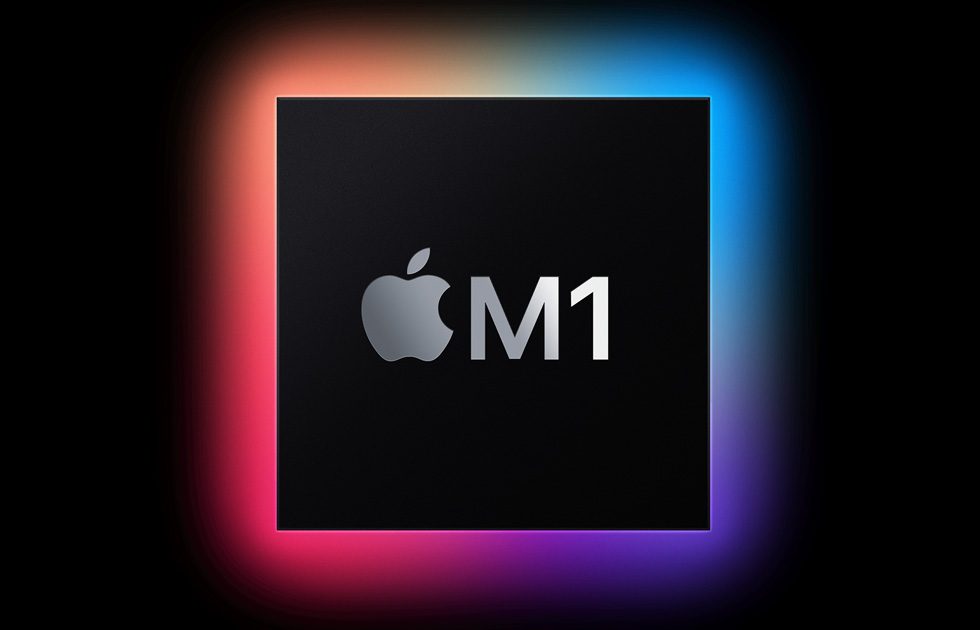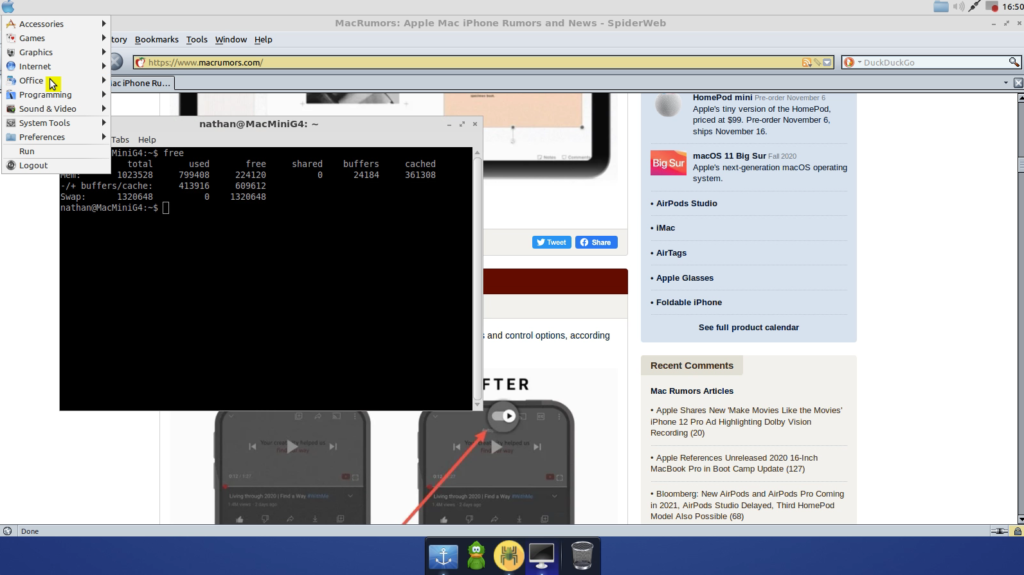Dear readers,
I was away enjoying the pristine beauty of western Maryland earlier this week when the news dropped from Cameron Kaiser that TenFourFox, the most important piece of software to keep our Power Mac G5s somewhat relevant in this modern era of complex interweb technology, is nearing the end of its active development.
First, this should be no surprise. Cameron has performed coding miracles figuring out ways to add features, squeeze better performance, and generally give us a secure and somewhat modern option for PowerPC Macs running 10.4 and 10.5 in recent years. There really are not any alternatives beyond jumping to Linux, which carries with it its own set of tradeoffs and challenges. There was always going to be an end to development for TenFourFox. It was just a matter of when and not if.
Plus, despite many PowerPC users upgrading to solid state drives, flashed graphics card, occasional CPU upgrades, and maxed out RAM, there isn’t any processing power to gain out of our aging and venerable Macs. The internet will continue to introduce new technologies and make life miserable. The modern web, even on a somewhat updated browser, will struggle on our older computers.
Cameron spells it out here:
Writing and maintaining a browser engine is fricking hard and everything moves far too quickly for a single developer now. However, JavaScript is what probably killed TenFourFox quickest. For better or for worse, web browsers’ primary role is no longer to view documents; it is to view applications that, by sheer coincidence, sometimes resemble documents. You can make workarounds to gracefully degrade where we have missing HTML or DOM features, but JavaScript is pretty much run or don’t, and more and more sites just plain collapse if any portion of it doesn’t.
I had the privilege of meeting Cameron back at vintage computer conference near Sunnyvale, CA several years back. It was awesome to thank him personally and find out how many other vintage projects he has going on. He’s a brilliant and kind guy, and we owe him our immense gratitude.
Of course, someone could come along and pick up on TenFourFox code and decide to tweak and add new features on their own. I’d be fully supportive of such an endeavor. Maybe PowerPC users could think about collectively pooling resources to hire 2-3 programmers to update javascript, add features, and optimize the browser. Possibilities remain.
In the meanwhile, does this mean our G5s are useless? Of course not! You can still do so many things on the modern web via your G5 – like chatting on IRC, sharing files, serving webpages, programming your dream projects, and browsing into the foreseeable future (but hopefully not accessing anything that needs to be sensitive/secure).
But it is ultimately another reminder that our Macs are getting older and older, and as Apple transitions full bore to Apple Silicon, we are not just one distant architecture behind but two. Yikes. Time flies. Enjoy your vintage Macs anyway.
— Nathan



